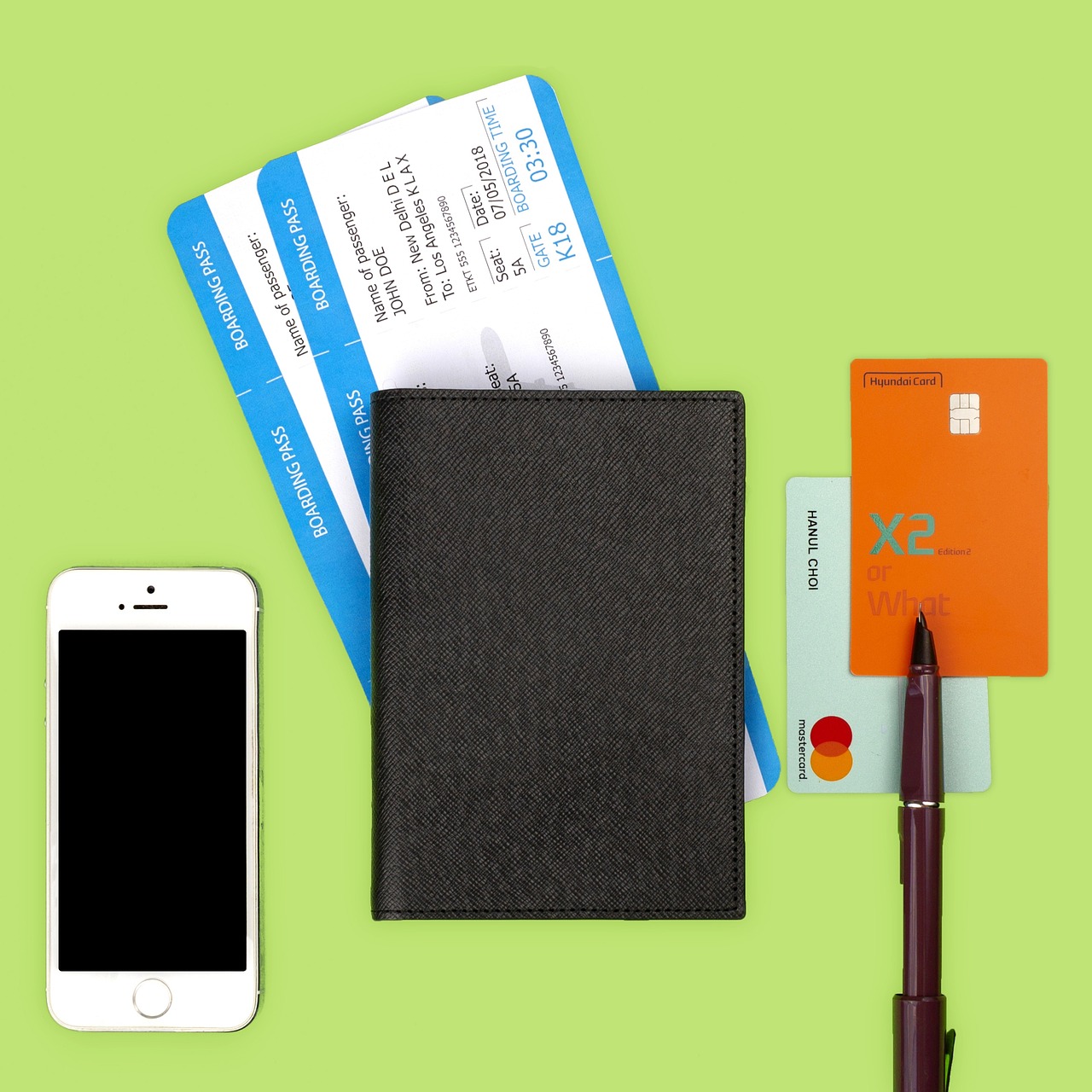
Understanding the Need for a New Photo to Renew a Passport
Introduction to Passport Renewal Requirements
Renewing your passport involves a set of specific requirements, one of which is providing a recent photo. Most countries mandate that you submit a new photo when renewing your passport to ensure the image accurately represents your current appearance. This is crucial for identification purposes and helps maintain the integrity of the document. The photo must meet specific guidelines concerning size, quality, and format. Understanding these requirements can save you time and ensure a smooth renewal process.
Importance of a Recent Passport Photo
A recent passport photo is essential because it provides an up-to-date representation of your appearance. This is particularly important for security and identification at borders and during travel. An outdated photo can cause complications and delays during your travels. Most authorities require that the photo be taken within the last six months to reflect any significant changes in your appearance. This ensures that your passport remains a reliable means of identification.

Photo Specifications for Passport Renewal
Dimensions and Format
When renewing your passport, the photo you provide must adhere to specific dimensions and format. The standard size for a passport photo is 600 x 600 pixels in JPEG format. The file size should be at least 54 kilobytes but no more than 10 megabytes. Ensuring these specifications are met is crucial for the acceptance of your photo.
Resolution and Quality
The quality of your passport photo is paramount. The photo should be of high resolution, clear, and in color. It should not be blurry, grainy, or pixelated. Proper lighting and focus are essential to capture a sharp image that meets the required standards. High-quality photos facilitate smoother processing and avoid delays in your passport renewal.
Background Requirements
The background of your passport photo plays a significant role in its acceptance. The photo should have a white or off-white background without any shadows, texture, or lines. This ensures that the focus remains on your face and that there are no distractions. A plain background is critical for a professional and acceptable passport photo.
Head Position and Expression
Your head position and facial expression are also important when taking a passport photo. Your head should be centered and between 1 – 1 3/8 inches (25 – 35 mm) from the bottom of the chin to the top of the head. You should have a neutral expression with both eyes open and mouth closed. This helps in creating a clear and recognizable image for identification purposes.
Prohibited Digital Changes
Digital alterations to your passport photo are strictly prohibited. The photo must be clear and not altered using any computer software or filters. This means no retouching, color adjustments, or any form of editing that would change the appearance of your face or background. Adhering to this rule ensures the authenticity of your photo.
Attire and Accessories Guidelines
Your attire and accessories can affect the acceptance of your passport photo. You should wear plain attire and avoid uniforms, camouflage clothing, or headphones. Jewelry and facial piercings are allowed as long as they do not obscure your face. Hats or head coverings are generally not permitted unless worn for religious reasons, and even then, they should not cast shadows on your face.

Taking a Passport Photo
Using a Camera
Taking a passport photo with a camera requires attention to detail. Ensure the camera is at eye level and that you are looking directly into it. Proper lighting is crucial to avoid shadows and overexposure. Using a high-resolution camera will help you achieve the necessary quality and clarity. Following these guidelines will help you capture a photo that meets the required standards.
Role of Photo Vendors
Professional photo vendors can be a great resource when taking a passport photo. They are familiar with the requirements and can ensure that your photo meets all the necessary specifications. Photo vendors use professional equipment and lighting to produce high-quality images. This can save you time and increase the likelihood of your photo being accepted without issues.
Prohibited Use of Software and Mobile Apps
Using software and mobile apps to alter or enhance your passport photo is not allowed. Digital changes can result in the rejection of your photo. It is essential to capture a natural and unaltered image. Avoid using apps that offer filters or retouching features, as these can compromise the authenticity of your photo.
Common Mistakes to Avoid
There are several common mistakes to avoid when taking a passport photo. Ensure your background is plain and free of any objects or people. Your face should be fully visible, without any obstructions from hair or accessories. Avoid wearing reflective glasses or anything that could cast shadows. Paying attention to these details can prevent your photo from being rejected.

Submission of Passport Photo
Uploading the Photo to an Application
When uploading your passport photo to an application, follow the specific guidelines provided. Ensure the photo file meets the required dimensions, format, and size. Double-check that the image is clear and meets all the specifications. Properly uploading your photo can streamline the application process and prevent delays.
Review and Approval Process
The review and approval process for passport photos is stringent. Authorities examine the photo to ensure it meets all the required standards. Photos that do not comply with the guidelines will be rejected. Understanding the criteria can help you submit an acceptable photo the first time.
Resubmission Due to Photo Rejection
If your passport photo is rejected, you will need to resubmit a new one. Carefully review the reasons for rejection and make the necessary adjustments. This may involve retaking the photo to address specific issues. Following the guidelines closely can help you avoid further rejections.

Special Considerations for Passport Photos
Jewelry and Religious Attire
While jewelry and religious attire are generally acceptable in passport photos, there are specific guidelines to follow. Jewelry should not obscure your face, and religious head coverings should not cast shadows or cover any part of your face. Adhering to these rules ensures your photo will be accepted without issues.
Medical Reasons and Doctor’s Notes
In some cases, medical conditions may affect your ability to meet certain photo requirements. If you have a medical reason that prevents you from complying with the guidelines, a doctor’s note may be required. This note can explain the condition and provide justification for any deviations from the standard requirements.
Photos of Babies and Children
Taking passport photos of babies and children comes with its own set of rules. Babies must not be holding toys or using dummies. Children under six do not need to have a plain expression or be looking directly at the camera. For children under one year old, their eyes do not need to be open. These relaxed rules help accommodate the challenges of photographing young children.

Cost and Fees for Passport Renewal
Standard Fees
The cost of renewing a passport can vary. The standard fee for passport renewal is $122. This fee covers the administrative costs associated with processing and issuing the new passport. It is important to budget for this expense when planning your renewal.
Reduced and Exempted Fees
There are certain conditions under which reduced or exempted fees may apply. Individuals over 70 years old or those receiving a permanent social assistance allowance may be exempt from the passport renewal fee. Additionally, other specific conditions may qualify you for a reduced fee. It is advisable to check if you meet any of these criteria.
Expedited Service Fees
If you need your passport renewed quickly, expedited services are available. Expedited service fees are additional costs on top of the standard renewal fee. These fees ensure faster processing times, which can be crucial if you have upcoming travel plans. Be prepared to pay more for this convenience.

International and Domestic Travel Requirements
Validity Period of Passport
For international travel, it is important to ensure your passport is valid for the required period. Many countries require that your passport be valid for at least six months beyond your planned stay. Checking the validity period of your passport can prevent travel disruptions and ensure a smooth journey.
Real ID Compliance
Real ID compliance is becoming increasingly important for domestic travel. Starting from specific dates, only Real ID-compliant identification will be accepted for domestic flights. Ensuring your passport meets Real ID standards can save you from potential travel issues within your country.
Special Requirements for Certain Countries
Some countries have special requirements for entry, which can include specific passport validity periods or additional documentation. Researching the entry requirements of your destination country is essential. Being aware of these requirements can help you prepare adequately and avoid any travel inconveniences.

Filing and Collecting Your Passport
Where to Apply
You have several options when it comes to applying for a passport renewal. You can apply at designated passport offices, consulates, or through authorized agencies. Each option has its own set of procedures and requirements. Choosing the right place to apply can streamline the process.
In-Person vs. Online Applications
Passport renewal applications can often be submitted either in-person or online. In-person applications may offer immediate assistance, while online applications provide convenience. Weighing the pros and cons of each method can help you decide which is best for you.
Appointment Scheduling
Scheduling an appointment can be an essential step in the passport renewal process. Appointments help manage the flow of applicants and reduce waiting times. It is advisable to book your appointment well in advance to ensure timely processing.
Required Documents for Submission
When renewing your passport, you will need to submit specific documents. These typically include your current passport, a new passport photo, and any applicable fees. Ensuring you have all the required documents can prevent delays in the processing of your renewal application.
Collecting Your Passport
Once your passport renewal is processed, you will need to collect the new passport. Collection methods can vary depending on where you applied. Some offices may allow you to pick it up in person, while others might mail it to you. Knowing how to collect your passport can help you plan accordingly.

Appeals and Special Cases
Appealing a Decision
If your passport renewal application is denied, you have the option to appeal the decision. Understanding the grounds for denial and providing the necessary documentation can strengthen your appeal. Following the proper appeal process can help you resolve any issues and obtain your renewed passport.
Temporary Passports and Loss Notifications
In cases of emergency travel, you might need a temporary passport. Temporary passports can be issued quickly to accommodate urgent travel needs. Additionally, if your passport is lost or stolen, it is crucial to notify the relevant authorities immediately. Prompt notification can help mitigate the risks associated with lost travel documents.
Special Cases for Polish Citizens
Polish citizens who were born abroad or have never lived in Poland may face unique challenges in obtaining a passport. Providing documentation that one of your parents once held a Polish passport can be crucial. Understanding the specific requirements for these cases can help streamline the application process.
Receiving Passports from Other Consulates
In some situations, it may be possible to receive your renewed passport from a consulate other than the one where you applied. Coordination between consulates can facilitate this process. Knowing this option is available can provide flexibility in managing your travel plans.
Originally posted 2024-08-07 12:17:02.
